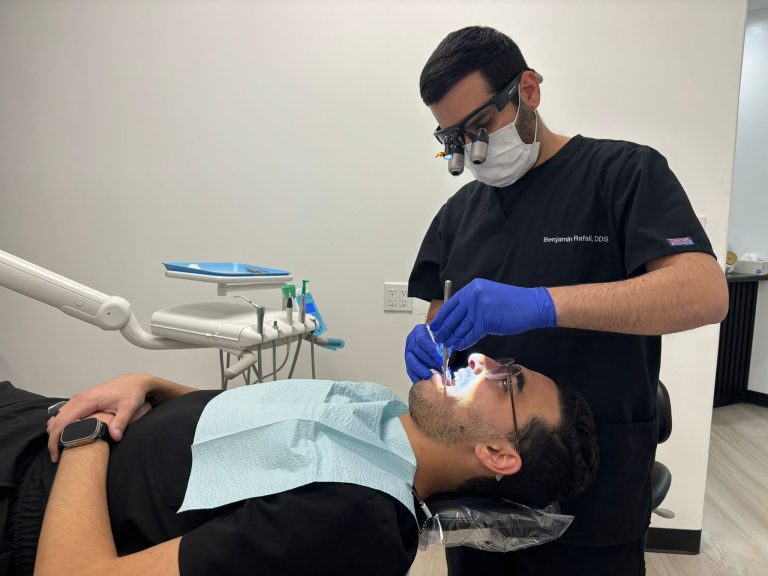Battling with end-stage renal disease (ESRD) can be devastating if you do not know what type of doctor you need to cope with your condition. But with comprehensive dialysis access management systems, it is possible to learn more about the disease and what treatment options can make your life easier. From the success stories that Anwar S. Gerges, MD, and his team at I-Vascular Center have gathered over the years, you can enjoy life even if you are living with ESRD. Here is what to expect from San Antonio dialysis access management services.
What is dialysis access management?
Naturally, kidneys are supposed to filter blood to flow back to the rest of the body. When you have ESRD, it means your kidneys are not performing their functions as they should. Dialysis access management services work by drawing blood from your body using a dialysis machine to eliminate toxic fluids and substances from your blood. After filtration, blood will be transported to the rest of the body through the access system.
The process through which blood is routed through a dialysis machine for filtering is known as hemodialysis. To make this possible, a catheter or an access circuit will be used. If you are battling with renal failure, chances are your doctor will recommend that you go through hemodialysis.

Why is dialysis access management critical?
The primary goal of dialysis access management is to use functional interventions and access creation to detect abnormalities in patients undergoing dialysis treatments. The success of a dialysis treatment can only work when access is fully functional. That means if you are under dialysis access care, your lifeline to treatment and good health that comes with sufficient blood flow for the better part of the dialysis treatment is guaranteed.
How does dialysis access management work?
The process of dialysis starts with access creation. Here, the patient can access three hemodialysis treatment options such as a central venous catheter, AV fistula, or an AV graft. To achieve this, a vascular specialist works in connection with a nephrologist to tailor the patient’s best access care. The clinician or the nurse is in charge of the implementation and maintenance of the access.
During hemodialysis, an interventional radiologist performs dialysis maintenance by finding out which areas have been affected by the treatment. Besides having extensive knowledge and experience in dialysis access management, they conduct high-level communication with the patient to ensure that the process works. If you do not see any positive results after the treatment, they can switch to an alternative method until all your problems have been resolved.
Living with renal failure is not the end of life. The world of nephrology has already designed a perfect framework to ensure patients get access to the care they need. So if you or someone you know has recently been diagnosed with ESRD see a kidney specialist enroll to you for dialysis access management care. Find out all you can about the program by scheduling an online consultation today.



















